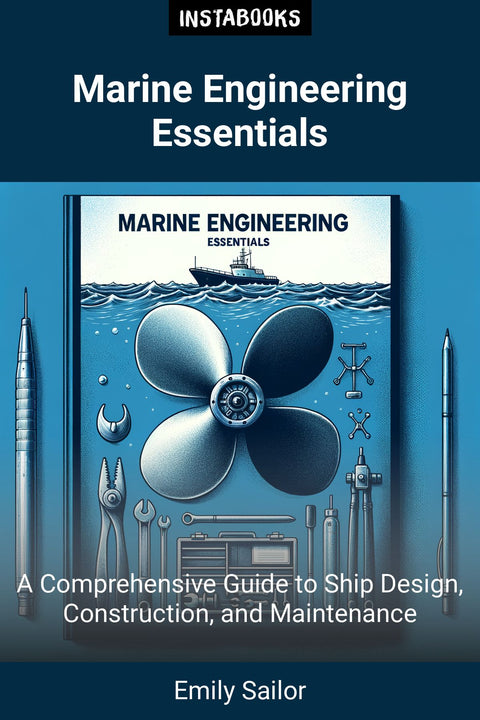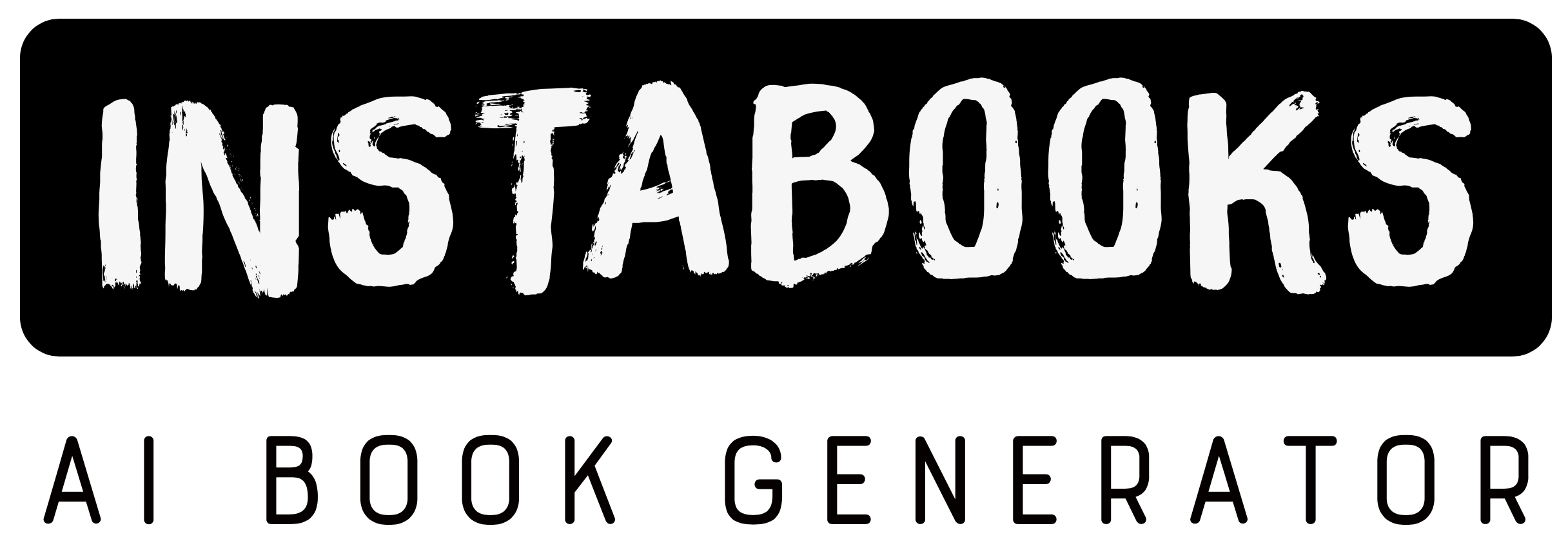
Marine Engineering Essentials
A Comprehensive Guide to Ship Design, Construction, and Maintenance
Included:
✓ 200+ Page AI-Generated Book
✓ ePub eBook File — read on Kindle & Apple Books
✓ PDF Print File (Easy Printing)
✓ Word DOCX File (Easy Editing)
✓ Hi-Res Print-Ready Book Cover (No Logo Watermark)
✓ Full Commercial Use Rights — keep 100% of royalties
✓ Publish under your own Author Name
✓ Sell on Amazon KDP, IngramSpark, Lulu, Blurb & Gumroad to millions of readers worldwide
Introduction to Marine Engineering
Marine engineering is a vital field that involves the design, construction, and maintenance of ships, boats, and other watercraft. This book provides a comprehensive overview of the key aspects of basic marine engineering, including design and construction, mechanical engineering, electrical and electronics, safety and risk management, and career paths.
Design and Construction
Marine engineers design the overall structure and systems of ships, including the hull, decks, and superstructure. They also develop and install propulsion systems such as diesel engines, turbines, and other machinery that power the ship.
Mechanical Engineering Aspects
Understanding fluid dynamics and mechanics is crucial for designing efficient propulsion systems and ensuring the structural integrity of the vessel. Marine engineers must consider the strength of materials and structural dynamics to ensure the ship can withstand various environmental conditions.
Electrical and Electronics
Marine engineers design and install electrical systems to power the ship's machinery and equipment. They also implement automation and control systems to manage various shipboard operations.
Safety and Risk Management
Marine engineers must ensure that all systems and equipment are designed with safety in mind to prevent accidents and ensure crew safety. They also consider environmental factors such as pollution prevention and compliance with regulations.
Career Paths
After completing a degree in marine engineering, one can join a ship as an officer in the engine department and eventually rise to the rank of chief engineer. Marine engineers can work in various settings including shipyards, engineering firms, and government agencies, and can be involved in designing new ships or maintaining existing ones.
Table of Contents
1. Introduction to Marine Engineering- What is Marine Engineering?
- History of Marine Engineering
- Career Paths in Marine Engineering
2. Design and Construction
- Ship Design
- Propulsion Systems
- Navigation and Control Systems
3. Mechanical Engineering Aspects
- Fluid Dynamics and Mechanics
- Structural Mechanics
- Materials Science
4. Electrical and Electronics
- Electrical Power Generation and Distribution
- Automation and Control Systems
- Communication Systems
5. Safety and Risk Management
- Safety Protocols
- Environmental Engineering
- Risk Management
6. Career Paths
- Marine Engineer Roles
- Career Opportunities
- Professional Development
7. Educational Resources
- Courses and Certifications
- Study Materials
- Online Resources
8. Case Studies
- Ship Design and Construction
- Marine Engineering Applications
- Challenges and Solutions
9. Future of Marine Engineering
- Emerging Trends
- Technological Advancements
- Sustainability and Environmental Concerns
10. Conclusion
- Summary of Key Points
- Final Thoughts
- Recommendations for Further Study
11. Appendix
- Glossary of Terms
- References
- Index
12. Bibliography
- Books
- Journals
- Online Resources
Target Audience
Students and professionals in the field of marine engineering, as well as anyone interested in learning about the design, construction, and maintenance of ships and other watercraft.
Key Takeaways
- Understanding of the key aspects of basic marine engineering
- Knowledge of ship design, construction, and maintenance
- Familiarity with mechanical engineering, electrical engineering, and safety protocols
- Awareness of career paths and educational resources in marine engineering
